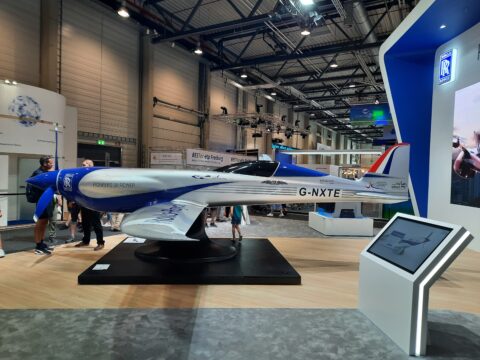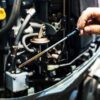Innovation drives the automotive industry, pushing the boundaries of what cars can do and how they impact our lives. Over the decades, countless new technologies and ideas have emerged, aiming to revolutionize the way we drive and interact with our vehicles. While many of these innovations have become integral to modern cars, some ambitious concepts have fallen short, facing insurmountable technical challenges, practical limitations, or simply failing to gain consumer acceptance.
Contents
Steam-Powered Cars

Steam-powered cars were among the first automobiles, predating gasoline engines. They were capable of decent speeds and had significant torque. However, their failure was due to several critical factors. They required a long time to start, needed frequent water refills, and were bulky and heavy. As internal combustion engines became more efficient, lighter, and quicker to start, steam power fell out of favor, becoming an impractical option for mass adoption.
The Hover Car
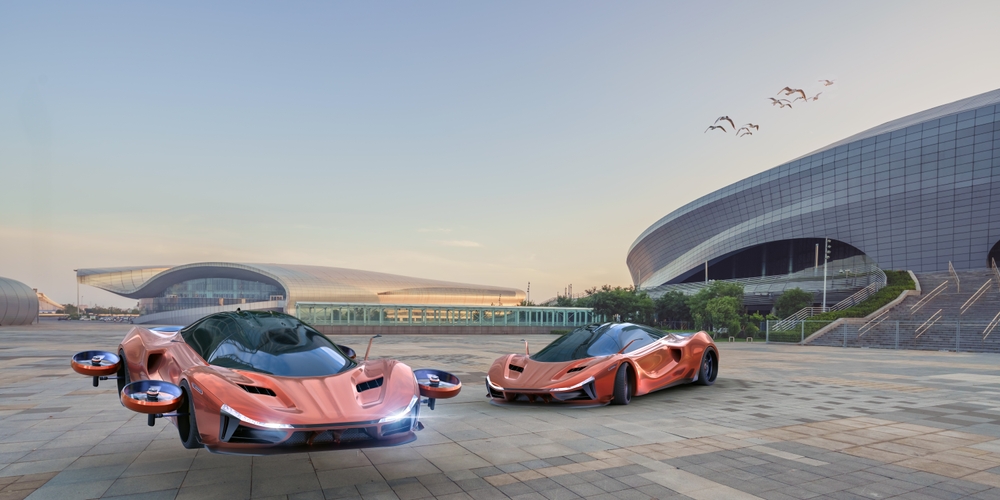
The hover car concept promised a futuristic vision of cars floating above the ground, eliminating road friction. Despite the hype and prototypes showcased, such as the 1961 Ford Levacar, hovercars faced insurmountable technical and economic hurdles. The technology required for efficient and safe hovering was too advanced and expensive. Additionally, the infrastructure changes needed to support hover vehicles were massive and impractical, making this innovation a failed dream.
Airbags in Steering Wheels

Airbags in steering wheels seemed like a revolutionary safety feature, aimed at protecting the driver during a collision. However, the initial designs had significant flaws. Early airbags were prone to deploying too forcefully, causing injuries rather than preventing them. Furthermore, they had issues with reliability and consistency in deployment. Modern advancements have rectified these issues, but the initial iterations were deemed failures due to their dangerous and unreliable nature.
Solar-Powered Cars

Solar-powered cars aim to harness the sun’s energy to provide an environmentally friendly transportation solution. However, the technology faced significant limitations. Solar panels on cars could not generate enough power to meet the demands of typical driving, especially in less sunny climates. The efficiency of solar panels and the energy storage technology were not advanced enough to make solar-powered cars practical for everyday use, leading to their failure.
Nuclear Fusion Engines

Nuclear fusion engines were proposed as a way to harness nearly limitless energy for cars, theoretically offering extraordinary efficiency and performance. However, the technology faced immense technical challenges. Containing and controlling nuclear fusion reactions in a small, mobile environment was far beyond the capabilities of current engineering. Additionally, the safety concerns and potential environmental hazards made this innovation impractical and unfeasible for automotive use.
Amphibious Cars

Amphibious cars, designed to operate both on land and water, offered a unique and adventurous mode of transportation. Models like the Amphicar of the 1960s showcased this potential. Despite their novelty, these vehicles failed due to significant drawbacks. They were neither excellent cars nor effective boats, often underperforming in both domains. Maintenance complexities, high costs, and the lack of a substantial market demand led to their decline.
Gas Turbine Engines
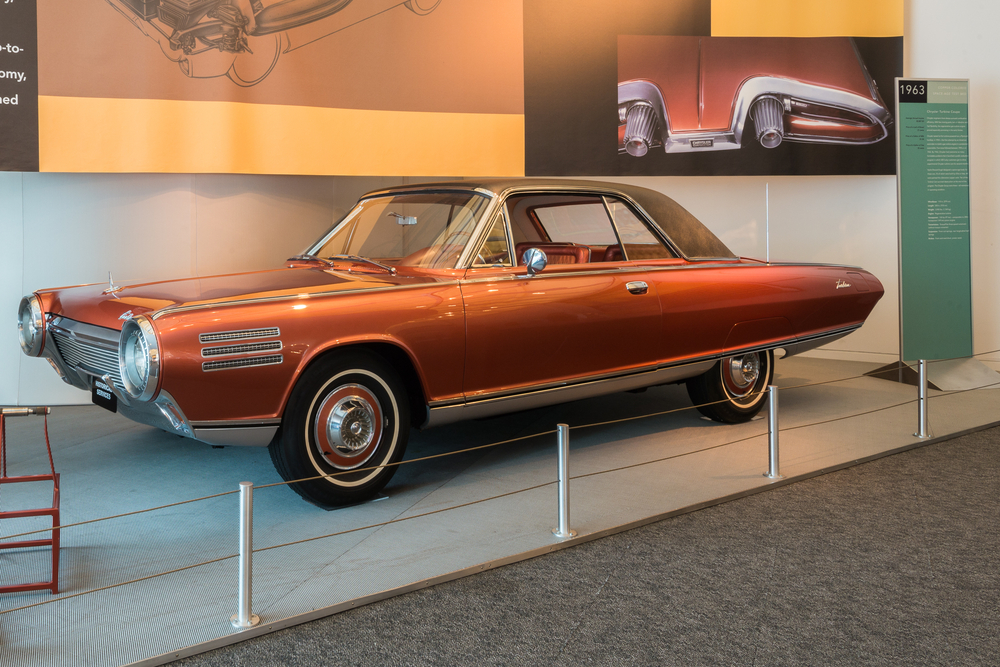
Gas turbine engines, used in some experimental cars like the Chrysler Turbine Car, promise high efficiency and smooth operation. However, these engines faced several issues that led to their failure. They were extremely expensive to produce, had poor fuel economy at lower speeds, and produced excessive heat. The noise levels were also problematic for consumer vehicles. These disadvantages outweighed their benefits, leading to their abandonment in favor of more practical engine technologies.
Night Vision Windshields
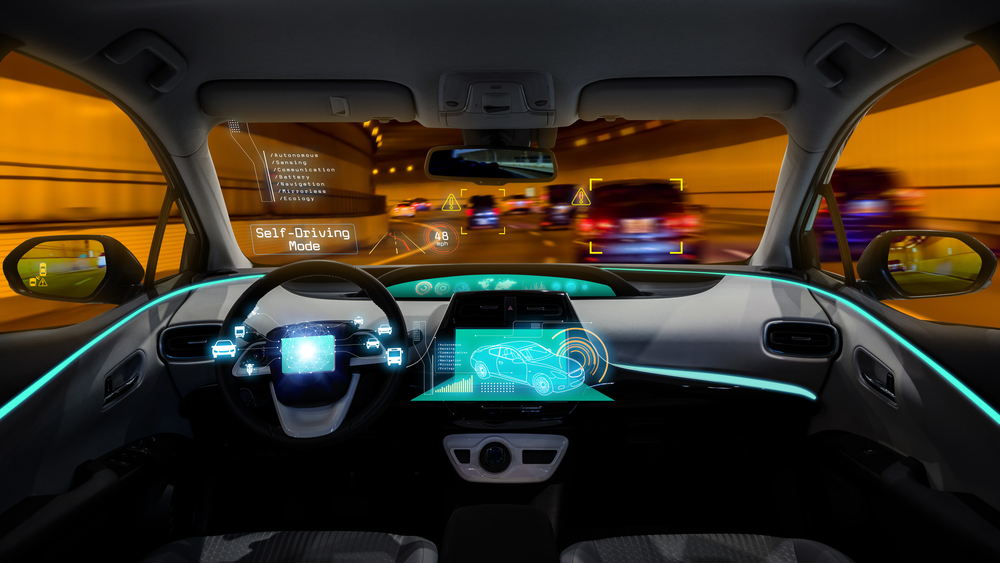
Night vision windshields were developed to improve driver visibility in low-light conditions using infrared technology. While the concept was promising, the implementation faced several hurdles. The technology was prohibitively expensive and required significant maintenance. Additionally, early systems provided limited improvement in visibility and had issues with accuracy and reliability. As a result, they failed to become a viable feature in mainstream automotive markets.
Electric Retractable Hardtops

Electric retractable hardtops are aimed to combine the security and durability of a coupe with the open-air experience of a convertible. However, these systems were mechanically complex and prone to failure. They added significant weight to the vehicle, impacting performance and fuel efficiency. The high cost of production and repairs, coupled with the rise of simpler and more reliable soft-top convertibles, led to their decline in popularity.
Rotary (Wankel) Engines
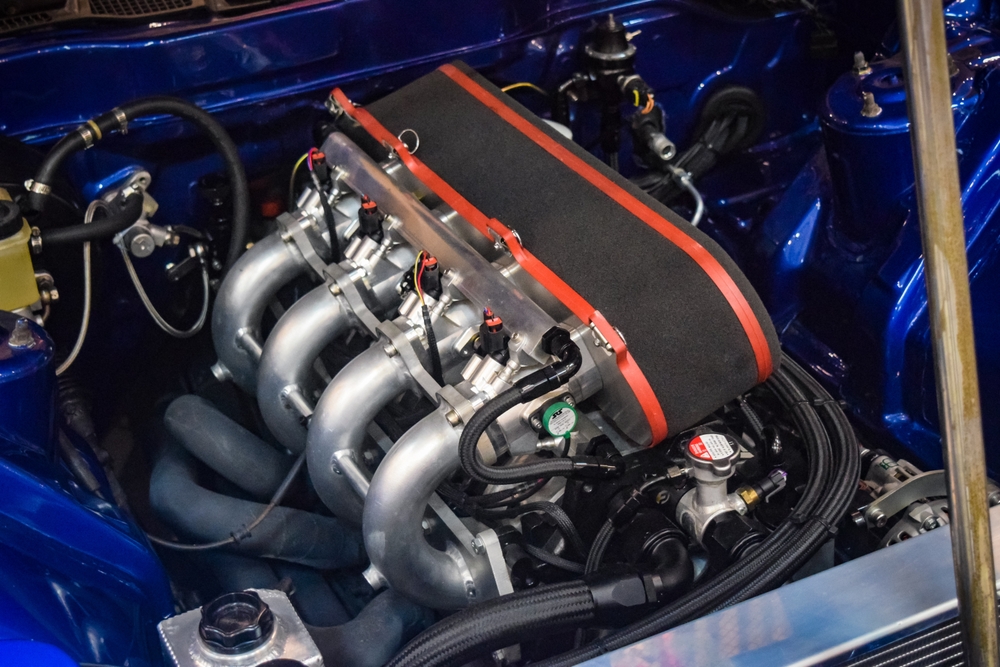
Rotary engines, popularized by Mazda in the RX series, offered a high power-to-weight ratio and smooth operation. Despite these advantages, they faced critical issues. Rotary engines had poor fuel efficiency and higher emissions compared to traditional piston engines. They also had durability problems, particularly with the rotor seals, leading to higher maintenance costs. These challenges prevented widespread adoption, relegating rotary engines to a niche market.
This article originally appeared on MyCarMakesNoise.
More from MyCarMakesNoise
12 Rare Military Vehicles Collectors Dream About

For military vehicle enthusiasts, the thrill of discovering rare and unique models is unparalleled. These collectors often dream about acquiring the most elusive and historically significant military vehicles. Read More.
15 Reliable 10-Year-Old Cars Built to Last Another Decade

Are you looking to invest in a vehicle that stands the test of time? Our roundup of 10-year-old cars proves that age is just a number when it comes to reliability and durability. Read More.
15 Unreliable Car Brands with High Breakdown Rates

When shopping for a new car, reliability is as crucial as the aesthetic appeal or the features it offers. However, not all vehicles are created equal in this regard. Some brands are notorious for their frequent breakdowns and high maintenance costs, potentially doubling the trouble for their owners compared to the average vehicle. Read More.



